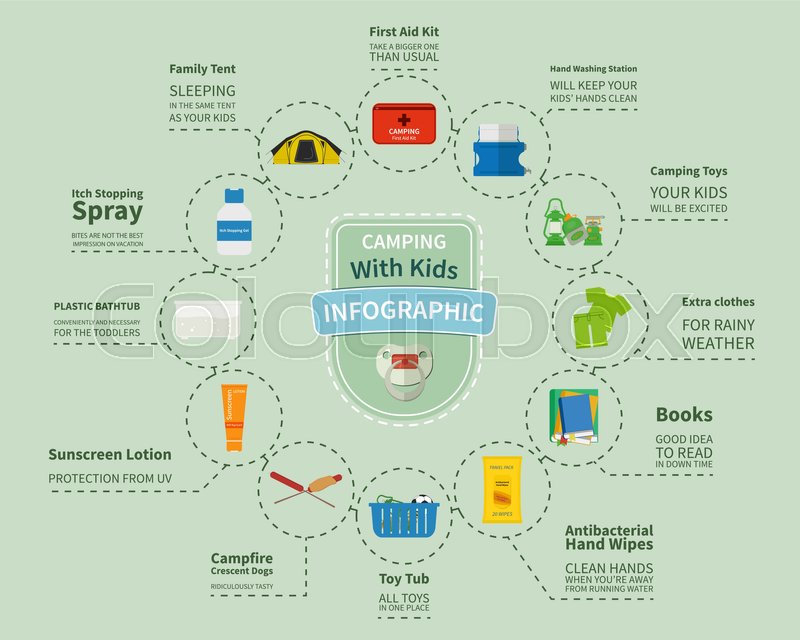How To Safely Place A Stove In A Wall Tent
Range Jack Security - Protecting Against Fires in TentsA range jack is a strengthened opening in the outdoor tents fabric that safely accommodates woodstove pipes. Nevertheless, the process of suitable an oven jack can be frightening for new campers, and blunders in installation could result in camping tent fires or carbon monoxide poisoning.
Luckily, a properly fitted and kept stove jack is just one of the safest enhancements to a canvas outdoor tents, like the Roamin Home Nomad.
Positioning
A range jack is vital to the functionality and convenience of your canvas outdoor tents. Not only does it supply warmth and cooking ease, but it likewise helps eliminate dampness from your walls to keep your outdoor tents comfortable and completely dry throughout the periods.
Keeping in mind that they're created to prevent the fire and flue pipe from entering into contact with the canvas, it's important to put your cooktop jack safely. Range jacks need to be placed as far from the wall surface of your tent as possible, particularly, the location that flickers and moves the most.
Our modular cooktop jacks allow you to position your departure point for the pipe in either the roofing or side wall of your tent, providing you complete control over where you would certainly like your smoke and exhaust to exit your shelter. Discover more about common errors campers make when suitable their stove jacks, and how to prevent them to guard yourself from tent fires and carbon monoxide poisoning.
Air flow
A cooktop jack provides a risk-free departure factor for the pipeline of your tent range, ventilating smoke from the inside of your tent. Without ventilation, harmful gases like carbon monoxide gas can accumulate inside the outdoor tents. The jack is also developed to avoid warm resources from touching the canvas of the tent, safeguarding the structure and products from damages or fire.
Ideally, your flue pipe should extend a minimum of 6 inches over the top of the tent ridge. This enables the wind to blow triggers far from your roofing compass system, decreasing the danger of them shedding openings in the camping tent roofing.
Air flow likewise assists enhance burning effectiveness and home heating capability. The products your oven and flue pipe are made from capture warm released by the smoke and gas, increasing their temperature and promoting further combustion. The jack then reflects this heat right into the outdoor tents, aiding to maintain the inside of the camping tent warm and comfortable for longer periods.
Fuel
Make certain that you are making use of just fire-safe timbers and that your range is correctly fueled. Avoid overworking the cooktop, as this can create overheating that can cause fire. Furthermore, store flammable things like alcohol, aerosols and gas cyndrical tubes outside the camping tent to avoid them from triggering a fire.
Stove Jacks are designed to shield outdoors tents from warm, and the cloth they're made from is fire-resistant. However, they are just made to be utilized safely if they are properly mounted and placed properly. Guarantee that the stove pipeline is directing vertically through the hole, as any other angle can restrain appropriate air flow.
Stoves can remain hazardously hot for hours after they are utilized and can damage or ignite outdoor tents material, sleeping bags, and various other individual possessions if placed also close. Keep a fire extinguisher nearby and make certain everybody knows where it is, along with exactly how to use it. In addition, always use fireproof bed linen like tent floor coverings and platforms to stop warm from damaging your cushion.
Extinguishing
A fire can spread out swiftly, especially when coal fly into vegetation or close-by structures. Constantly keep a water pail and fire extinguisher useful in case of a fire, and never leave a campfire ignored.
If building a campfire, clear the location and use marked pits. Make sure to examine regional camping site or public lands policies for any constraints before developing a campfire. Avoid making use of liquid-filled heaters, lights or candles inside outdoors tents; they can produce dangerous carbon monoxide gas. Load a portable carbon monoxide alarm and multipurpose fire extinguisher for included assurance.
Occasion camping tent fire safety and security compliance calls for adherence to NFPA standards and regional laws, in addition to normal monitoring, team training on emergency treatments and reliable emptying approaches. Proper camping tent setup, licensed products and electrical devices are essential elements for attaining compliance. Doing pre-event threat assessments, carrying out normal security checks and connecting emergency situation protocols with guests aid reduce dangers and develop successful events that focus on attendee wellness.
